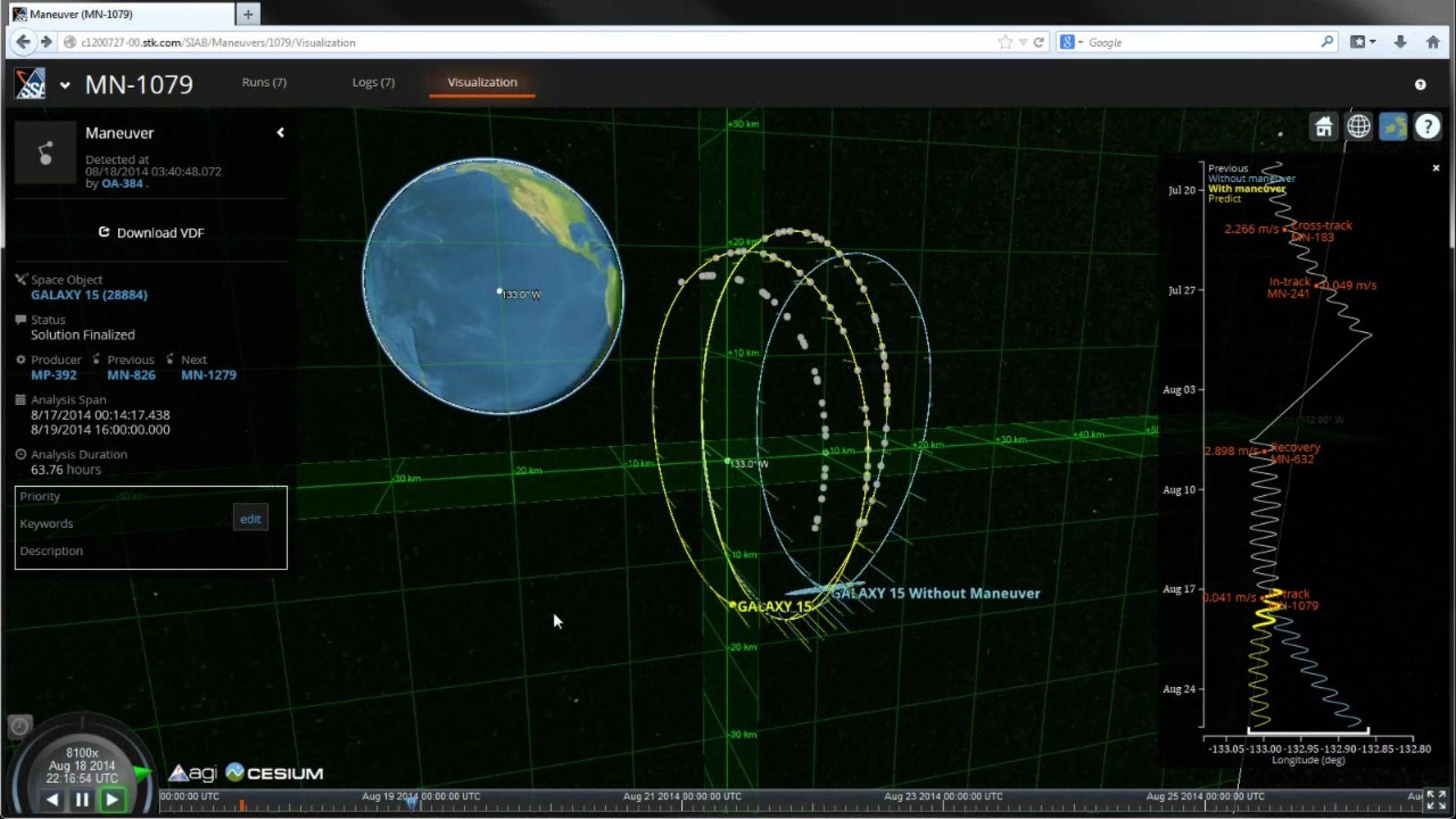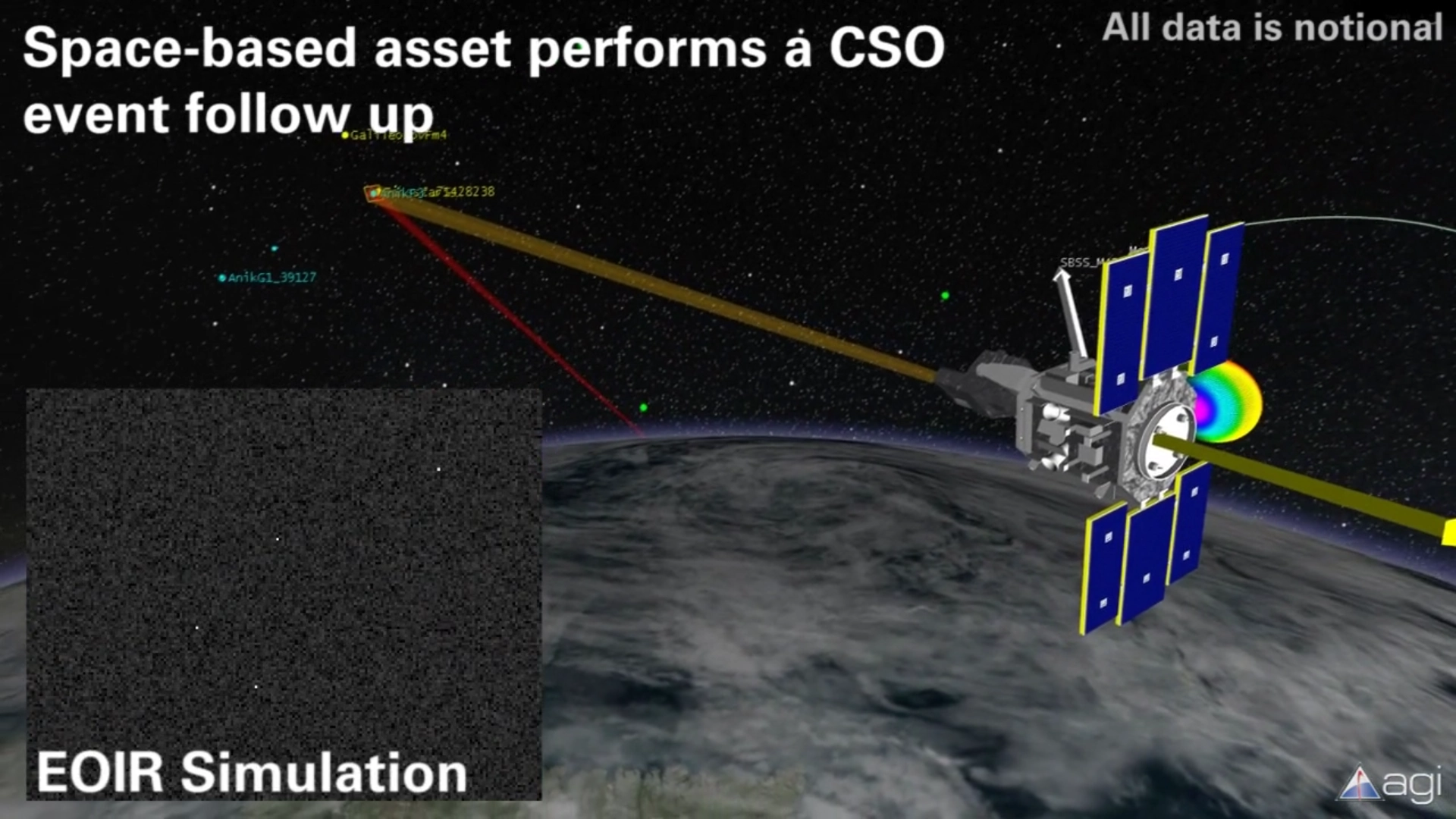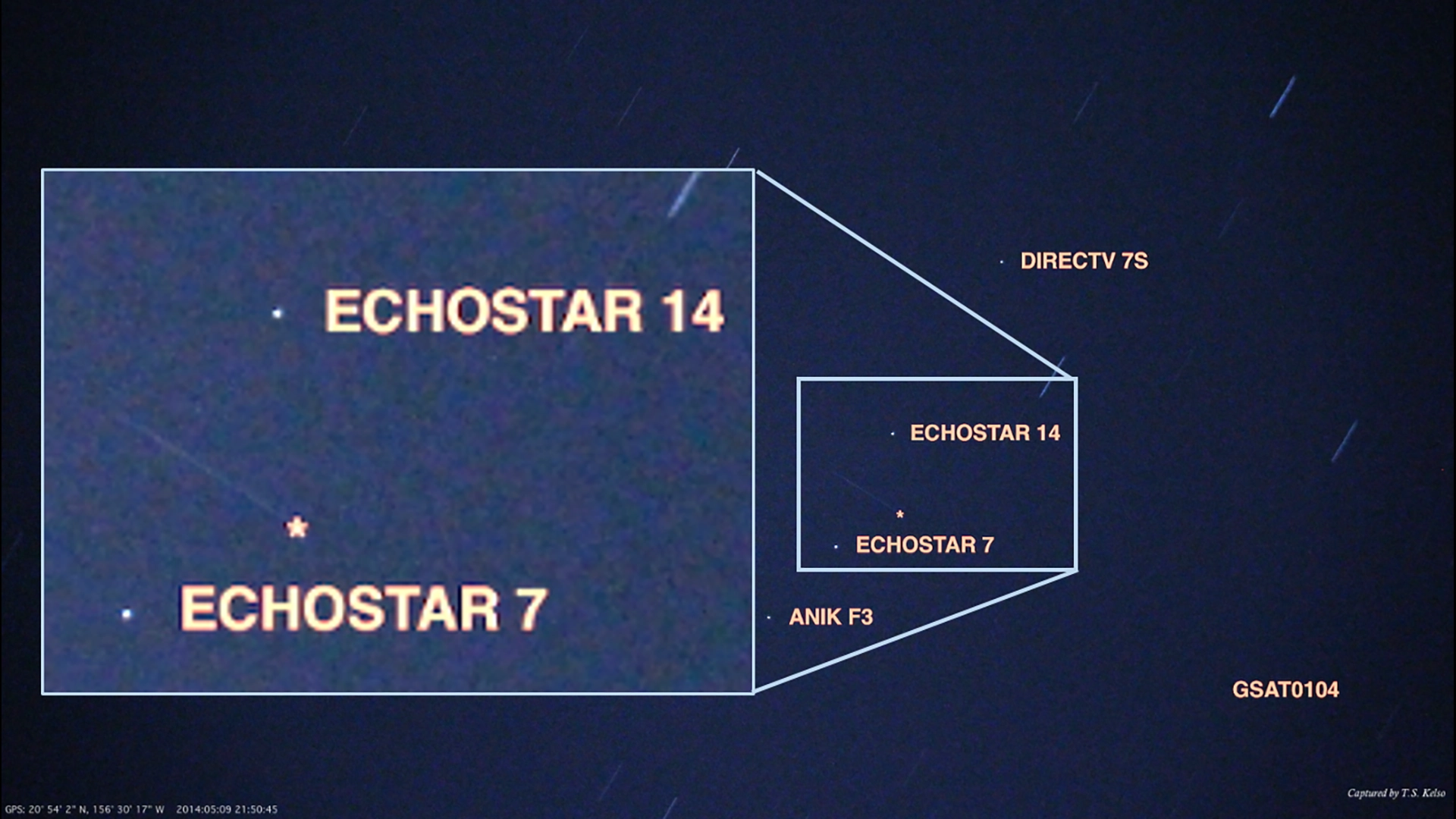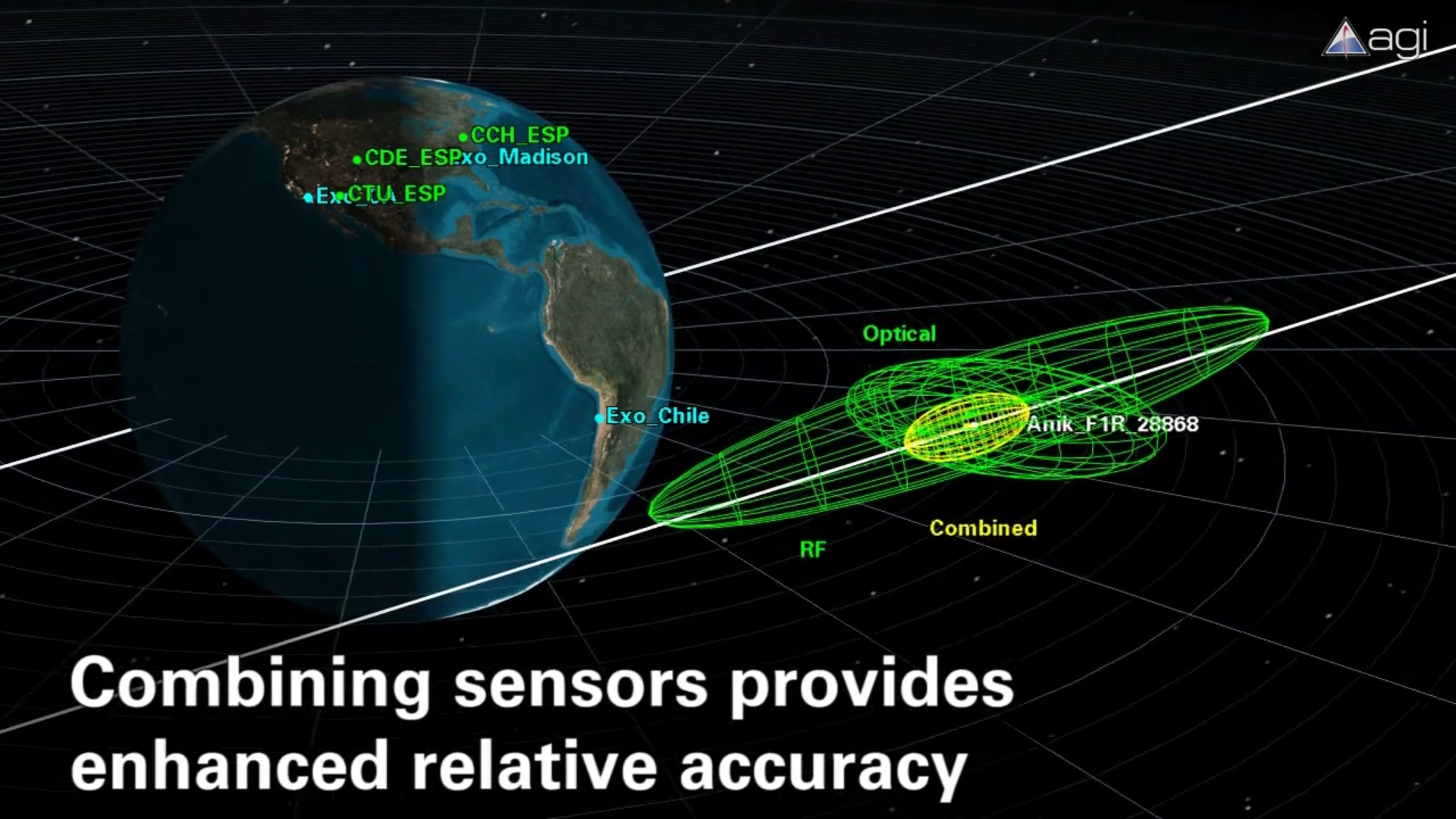What is Space Situational Awareness?
- May 4, 2015
- Article
- Space Situational Awareness
-
 EOIR
EOIR
Recently we here at AGI just received our first commercial Space Situational Awareness (SSA) contract and our command center is now up and running. We’ve been collecting our own data on objects in orbit for about a year now and it’s great to finally have our first customer, but SSA is a bit of a buzz word. So being the resident AGI electro-optical and infrared (EOIR) imaging guy I’ve been involved in a bit of the initial setup and I wanted to briefly talk about what SSA actually is, at least in my context.
I’m an image scientist, so from my perspective and most other image oriented folks I look at data that is upstream from a lot of the derived products and results. I like to see and process pictures, the raw data coming off of the sensors, and the satellites in these images are just faint little dots at best. This handfull of pixels are passed to an automated detection algorithm that turns them into precise locations called observations. These observations are then fed into the orbit determination and space object characterization algorithms, which finally lead to some type of actionable intelligence or catalog update to provide Space Situational Awareness, answering questions like:
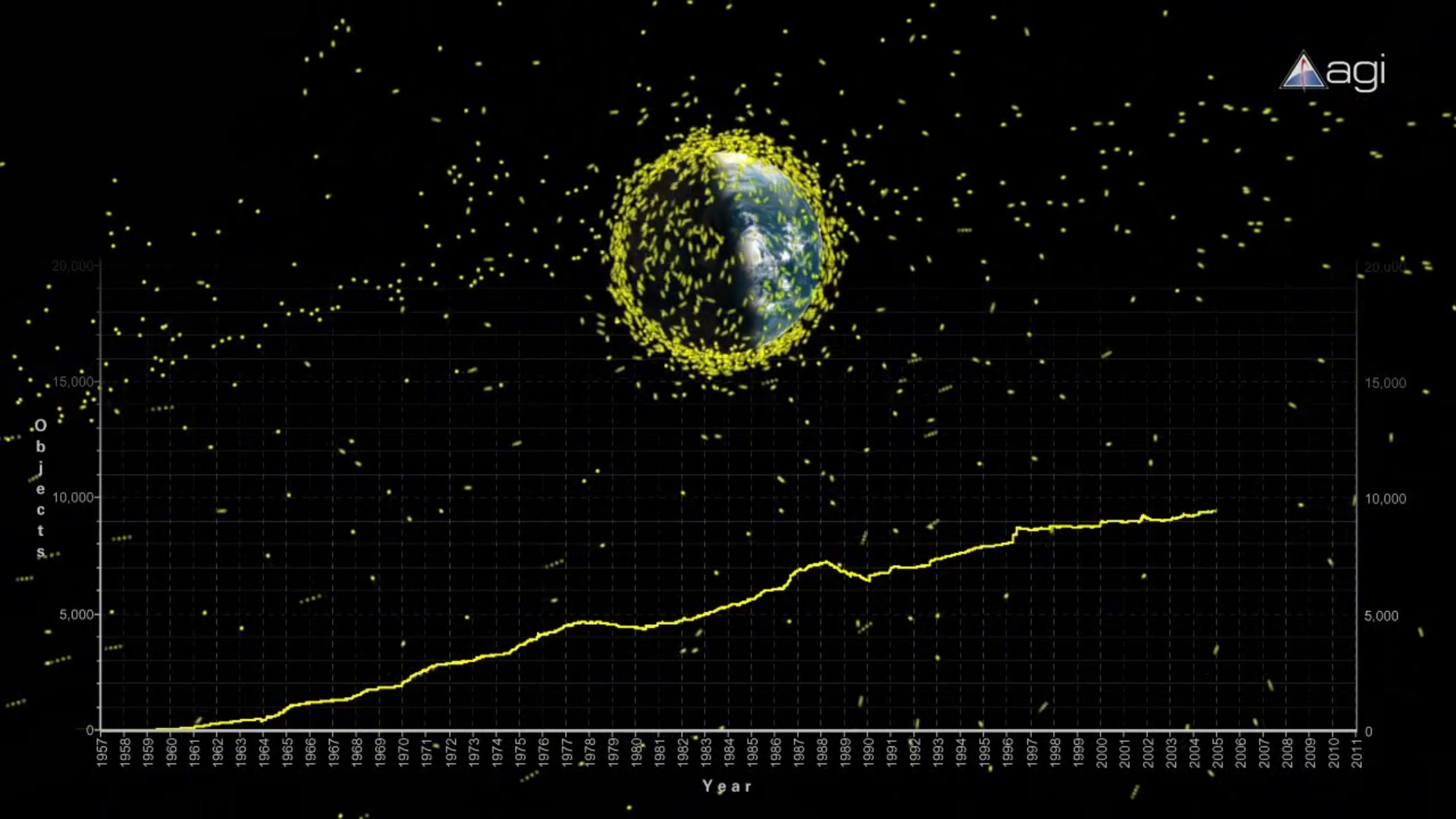
Normally you get SSA data from a number of different sources, from onboard ephemeris and attitude measurements taken by the satellites themselves and transmitted down, to pictures or RADAR images taken from the ground, or even communications triangulation methods. This is something that governments and satellite owner operators do collect but it can be expensive and not all data is shared between private commercial satellites or other government agencies. AGI has been able to collect all these types of data ourselves on a pretty tight budget by automating as much of this process as we can and doing plenty of analysis to figure out how to best combine these multiple types of data or phenomenologies to provide the best quality and most cost effective solutions,. In fact that's the topic of a white paper written up by Dan Oltrogge from AGI, Mike Nicolls from SRI, and myself. Each of these phenomenologies has their own pros and cons, and COMSPOC is working with Boeing to combine all of these streams of data into very high quality orbits for their satellites as well as the other satellites in the neighborhood around them. This is just the tip of the iceberg though. There’s a lot more that can be done with this data, from determining the efficacy of maneuvers, to warning of potential collisions, and even further characterizing the satellites themselves. Thanks and I hope this was helpful and interesting…
Pat North, AGI Imaging Scientist and Software Engineer
- Is my satellite where it's supposed to be?
- Did my satellite maneuver change my orbit as I expected it would?
- Is there anybody else in my designated orbital neighborhood?
- Does my satellite's baseline signature still look the same?
- Four dots - These are the satellites
- Lots of streaks - These are the stars
- One odd streak moving in a different direction from the stars - This is the 5th satellite in a different orbit

Normally you get SSA data from a number of different sources, from onboard ephemeris and attitude measurements taken by the satellites themselves and transmitted down, to pictures or RADAR images taken from the ground, or even communications triangulation methods. This is something that governments and satellite owner operators do collect but it can be expensive and not all data is shared between private commercial satellites or other government agencies. AGI has been able to collect all these types of data ourselves on a pretty tight budget by automating as much of this process as we can and doing plenty of analysis to figure out how to best combine these multiple types of data or phenomenologies to provide the best quality and most cost effective solutions,. In fact that's the topic of a white paper written up by Dan Oltrogge from AGI, Mike Nicolls from SRI, and myself. Each of these phenomenologies has their own pros and cons, and COMSPOC is working with Boeing to combine all of these streams of data into very high quality orbits for their satellites as well as the other satellites in the neighborhood around them. This is just the tip of the iceberg though. There’s a lot more that can be done with this data, from determining the efficacy of maneuvers, to warning of potential collisions, and even further characterizing the satellites themselves. Thanks and I hope this was helpful and interesting…
Pat North, AGI Imaging Scientist and Software Engineer


